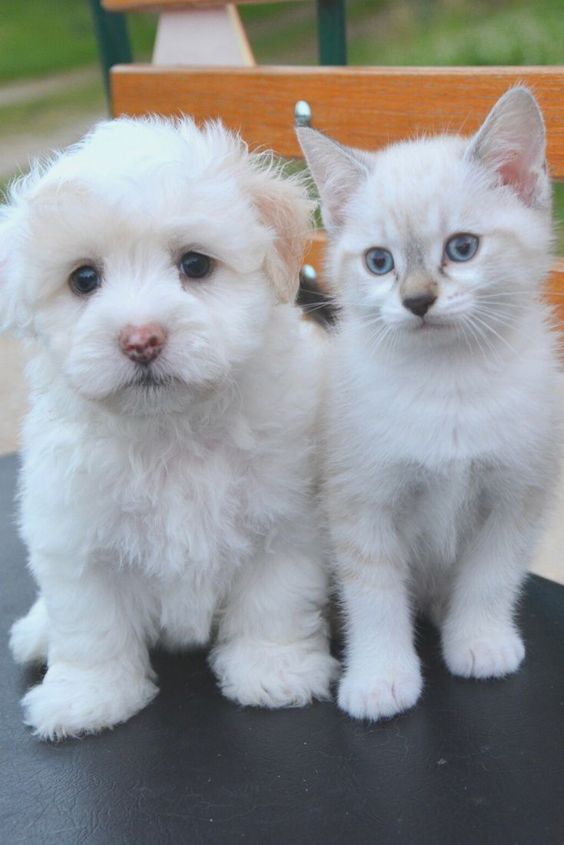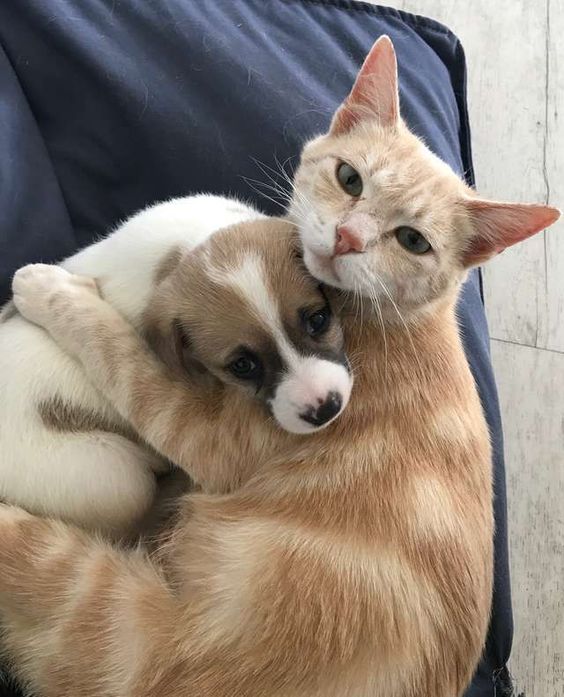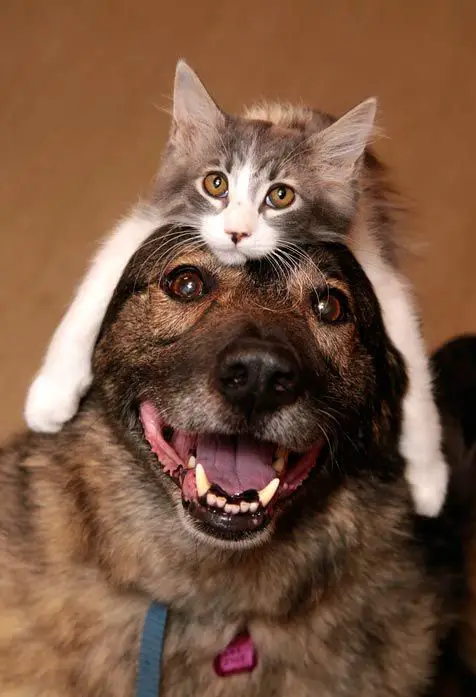When owners think about caring for a pet, they often forget about the health of their teeth. Brushing your dog or cat’s teeth is important at any stage of life. Did you know that according to the American College of Veterinary Dentists, by the age of three, most pets develop some form of periodontal disease?
Taking good care of your teeth goes beyond brushing to a crisp whiteness. Sometimes veterinary dental care, such as deep cleaning your cat or dog’s teeth, is necessary to prevent serious illness.

Let’s start over
A healthy dog’s mouth or a snow-white kitten’s smile begins at home with a variety of foods, treats and toys that cleanse bacteria from teeth and gums. It is helpful for dogs and cats to thoroughly brush their teeth at home with a toothpaste and brush, which can be purchased at any pet store. However, veterinary dental care is not only indicated for emergencies. Without waiting for the animal to begin to form tartar or bad breath, visit the veterinary clinic once a year for deep cleaning of its teeth. A professional cleaning will give much better results than regular cleaning at home, and a combination of home and veterinary care is the best way to prevent your pet’s dental disease.
Deep cleaning
It is necessary to reach the cervical part of the gum, and this is an unpleasant and frightening procedure for a conscious animal. Anaesthesia for your furry friend is a crucial factor in examining the gum line and preventing periodontal disease. Cleaning the teeth under the gums of a dog or cat at home can not only harm them but also threaten them with bites and scratches, so it is better to take the animal to a veterinary clinic to a professional specialist.
Deep cleaning also involves removing plaque and polishing the crown of the tooth (visible part). Your veterinarian will have a variety of tools to help you find the best instrument for your pet’s oral health and needs. Some attachments look like the paddles and scrapers your dental hygienist uses, but the veterinary dental kit is made specifically for your animal’s teeth. From large Great Dane molars to tiny kitten fangs, your veterinarian knows about every pet’s dental treatment.
Finally, your veterinarian can take a snapshot of your pet’s teeth while it is under anaesthesia. Just like our dentists use X-rays to identify diseases of the teeth and gums that are not visible to the naked eye, veterinarians use X-rays to identify diseases of a pet’s teeth.
How often should you visit your veterinarian to care for your pet’s teeth?
When your kitten or puppy is old enough to eat kitten or puppy food, talk to your veterinarian about the type of food for your pet, and also ask them to show you how to properly care for their oral cavity at home. The sooner you start, the better your pet’s health will be. Pets that are accustomed to caring for the head and oral cavity from childhood tolerate these procedures more calmly than pets who begin to brush their teeth at an older age or due to dental disease. If you are bringing your pet for the first time in its life, ask your veterinarian if deep cleaning is necessary. Yet every cat and every dog is unique, so it’s best to follow your veterinarian’s recommendations for deep cleansing, ultrasonic teeth cleaning, and comprehensive oral care. 
You may not be able to prevent bad breath or dental and gum problems, but regular dental hygiene will help ensure the health and quality of life of your cat or dog. Consult your veterinarian for a daily oral care plan that will make you and your pet smile!

